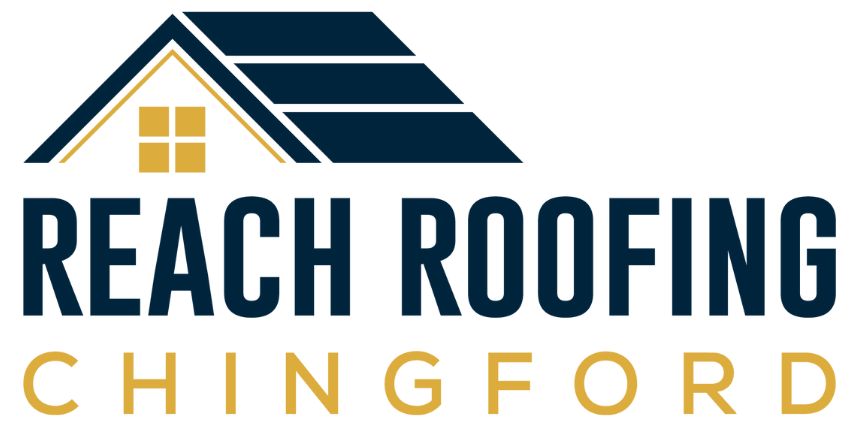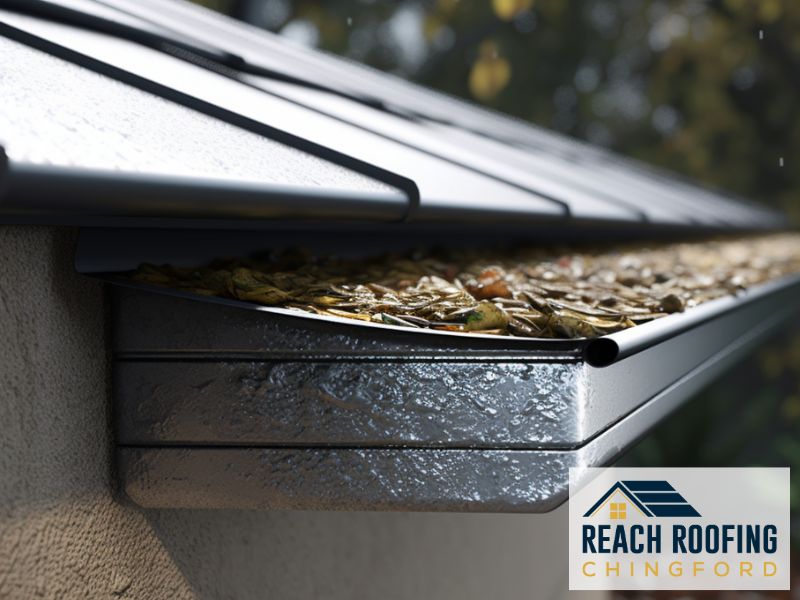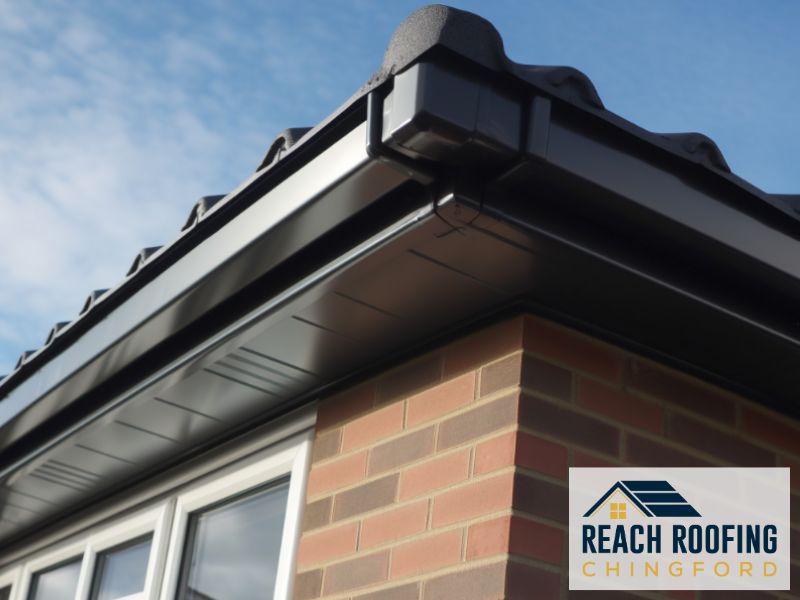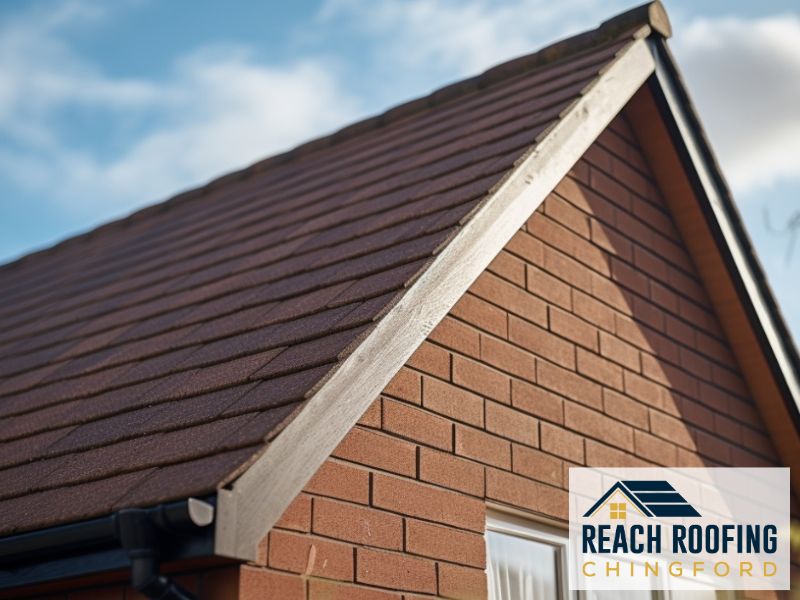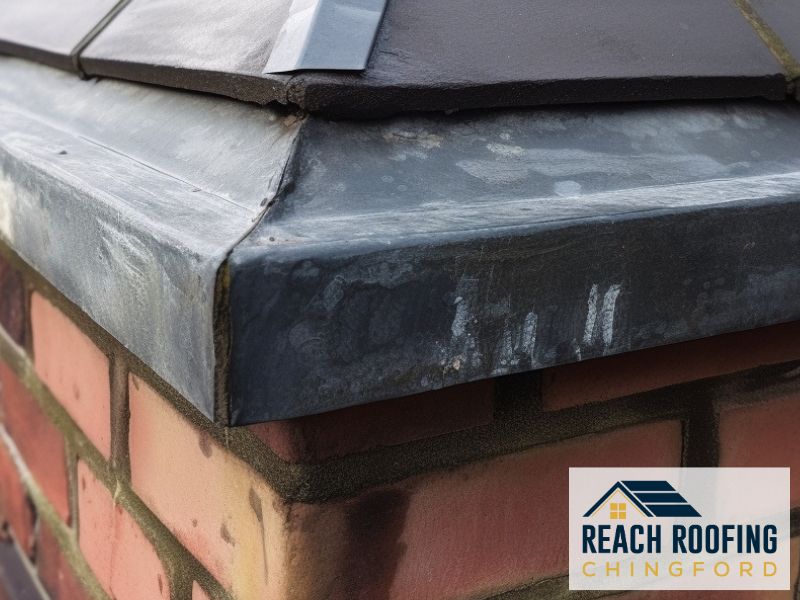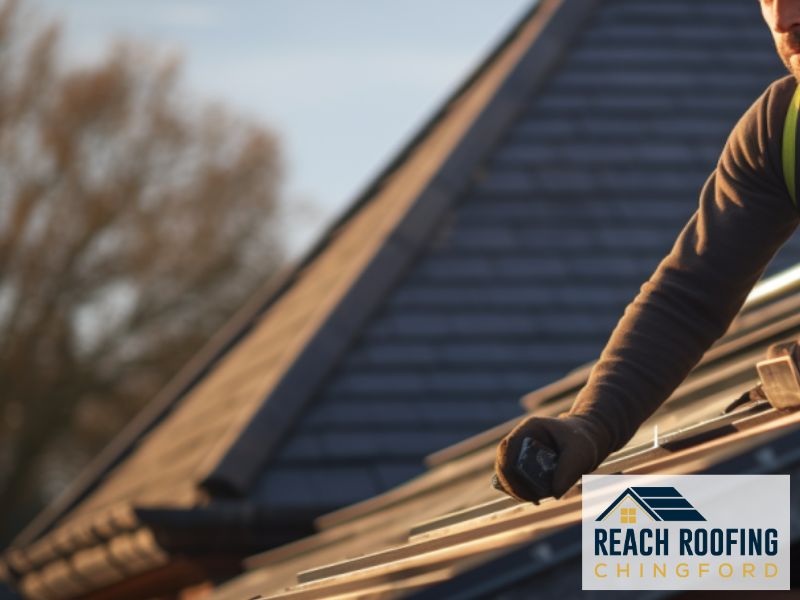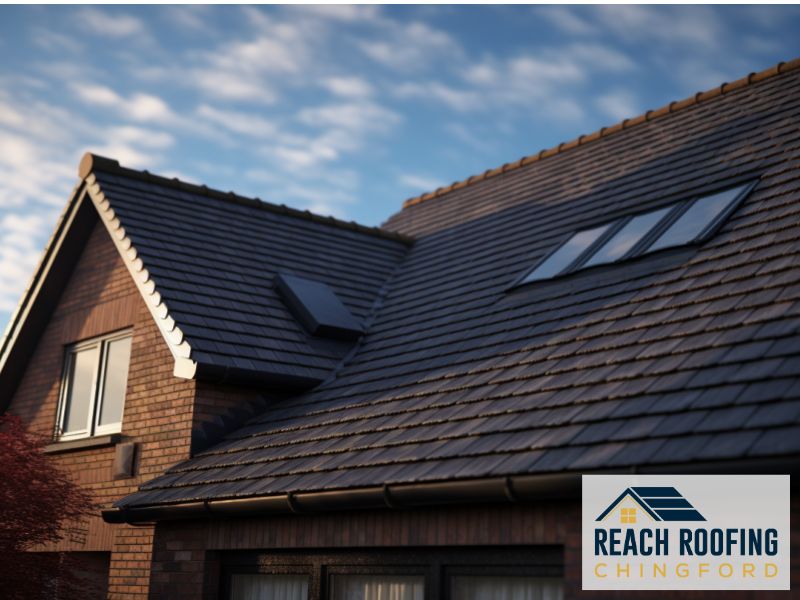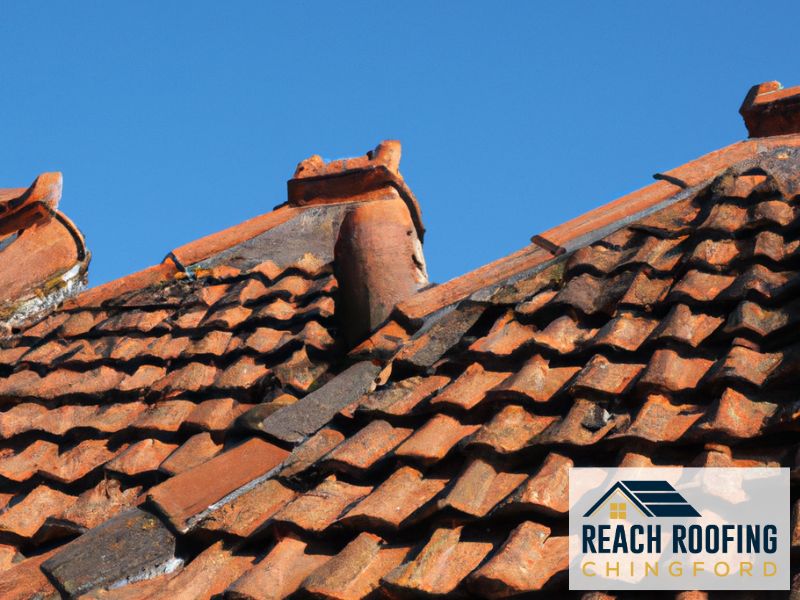Brief explanation of the importance of gutters and soffits in a building. Gutters and soffits serve crucial functions in protecting the structure and foundation of buildings in the UK climate. As an island nation prone to rain and moisture, properly installed and maintained gutters and soffits help mitigate water damage, prevent leaks, and enhance ventilation.
Understanding Gutters
Definition and Purpose
- Gutters refer to the trough fixed underneath or along the eaves of the roof which are utilized to catch and redirect rainwater runoff. The primary purpose of gutters is to channel collected water away from the house walls and foundations to a suitable drainage system. This prevents the walls and base of a building from being subjected to excessive moisture.
Types of Gutters
- Aluminum and Galvanized Steel Gutters: Commonly installed metal gutters prized for their affordability, durability, and minimized maintenance requirements. Galvanized steel is more suited for colder climates as its zinc coating provides improved protection from corrosion. Aluminum gutters are lighter but can be prone to denting.
- Vinyl and Plastic Gutters: Offering design flexibility, vinyl and plastic gutters are mold-, fade- and rust- resistant. However, they lack the strength and heat resistance of metal gutters. Professionally installed support systems are crucial to prevent sagging issues over time.
- Copper Gutters: Known for a unique, attractive appearance but higher cost of installation and limited style options. Requires dedicated maintenance to prevent oxidization and mineral leaching which can damage other building materials.
Installation and Maintenance
- Correct measurement of the roof area requiring drainage is crucial before installing and sizing gutters appropriately. Gutter systems must integrate with suitable downspouts to adequately direct water away sub-structures.
- All joints should be caulked properly without gaps to prevent leaks. Appropriately sized hanger brackets, usually placed every 3 to 4 feet, provide necessary support.
- Routine cleaning of debris buildup and examination for leaks is key for maintenance. Checking and realigning sections where gutters may have become displaced protects effectiveness and mitigates costly repairs if issues worsen.
Exploring Soffits
Definition and Purpose
- Soffits refer to the material utilized to enclose the horizontal underside space under roof overhands, eaves or other exterior architectural elements like entryway ceilings. They serve to improve ventilation, limit heat transfer, and conceal auxiliary structural components.
Types of Soffits
- Aluminum Soffits: Lightweight, moisture-resistant panels often featuring perforations or intake vents to encourage continuous airflow in the enclosed cavity space. Modern vinyl finishes are also available for enhanced aesthetics.
- Wood or Fiber Cement Soffits: Offer a natural design aesthetic. Fire- and insect-resistant fiber cement is highly durable but initial costs are higher. Vents can detract from wood soffit appearance but are recommended.
- Vinyl Soffits: Budget-friendly, low maintenance option combining PVC materials with aluminum support latticework backing. Limitations in color and pattern options. Best installed professionally to ensure adequate ventilation and weatherproofing integrity.
Installation and Maintenance
- Soffit panels interlock or mount securely onto exterior framing, underpinned by proper moisture barriers like house wrap atop exterior walls. Robust fascia boards anchor soffit ends.
- Gaps, loose sections or minor damages should be repaired promptly by qualified professionals to prevent moisture ingress, wildlife entry and further deterioration issues from arising. Annual inspections help verify ventilation remains adequate.
Key Differences Between Gutter and Soffit
Functionality
- Gutters exclusively fulfill a water collection and diversion role using an open trough structure designed to leverage gravity drainage. This protects vulnerable areas of a building from moisture damage.
- Soffits chiefly serve an aesthetic encapsulation function to conceal roof overhang sub-structures while enabling airflow. This ventilation helps prevent humidity buildup and associated damages.
Material Variation
- Gutters emphasize durability and weather-resistance given their external installation directly in the path of rainfall, hence metals like aluminum or galvanized steel are commonplace.
- Soffits prioritize insulation, lightweight construction and customization, with vinyl, engineered wood or fiber cement panels being prevalent to enable ventilated installation underneath roof eaves more easily.
Visual Distinctions
- Gutters are visually apparent narrow troughs running along a building’s edge with downspout connectors directing water away from the foundations. Their exposure and utilitarian drainage purpose makes aesthetics secondary.
- Soffits comprise broader underside panels concealed from direct sightlines for neat, integrated architecture. As part of visible eaves, soffits lend themselves more to coordinated designs and finishes.
Frequently Asked Questions
What is the primary purpose of gutters and soffits?
- The primary purpose of gutters is to reliably capture and redirect rainwater runoff away from a building’s foundations through an externally mounted drainage system.
- Soffits chiefly exist to enclose the underside of overhanging eaves while permitting constant airflow and ventilation of these covered roofspaces.
Are there specific materials recommended for gutters and soffits?
- For heavy-duty water collection applications, aluminum and galvanized steel gutters prove most durable, with copper or zinc materials also offering heightened weather-resistance.
- Lightweight aluminum panels or ventilated PVC soffits enable easy fitting underneath roof overhangs while resisting moisture, humidity and pests.
How often should gutters and soffits be maintained?
- Gutters should be cleaned 2-3 times annually with additional checks before and after extreme weather. Flushing systems and gutter guards can assist with debris accumulation.
- Soffits only need inspected yearly for any moisture issues, gaps or damage. Any loosened sections should be promptly refastened to prevent exacerbated problems.
Can gutters and soffits be installed as a DIY project?
- While basic gutter systems may be manageable for well-prepared DIYers, complications like seamlessly integrating downspouts can require professional installation expertise.
- For reliable weatherproofing, soffits should only be installed by qualified specialists given the need for precise under-eave construction and robust mounting. Custom fabrication is also frequently required.
What issues can arise if gutters and soffits are neglected?
- Poorly maintained gutters are susceptible to overflow issues leading moisture ingress, foundation subsidence and water penetration through exterior walls or fascia boards.
- Soffits prone to leaks risk harmful moisture buildup under roofspaces which can promote decay of load-bearing members or the growth of hazardous mold over prolonged periods.
Roofing Chingford clarifies that gutters collect and divert rainwater, while soffits provide ventilation to the roof space, preventing moisture buildup.
Thanks for reading our post, feel free to check out our other services:
- Chimney Repairs
- Commercial Roofing
- Flat Roofing
- Guttering, Soffits and Fascias
- Lead Roofing & Leadwork
- Pitched Roofing
- Roof Repairs
- Roof Replacement & New Roofs
- Skylights & Roof Windows
- Slate Roofing
